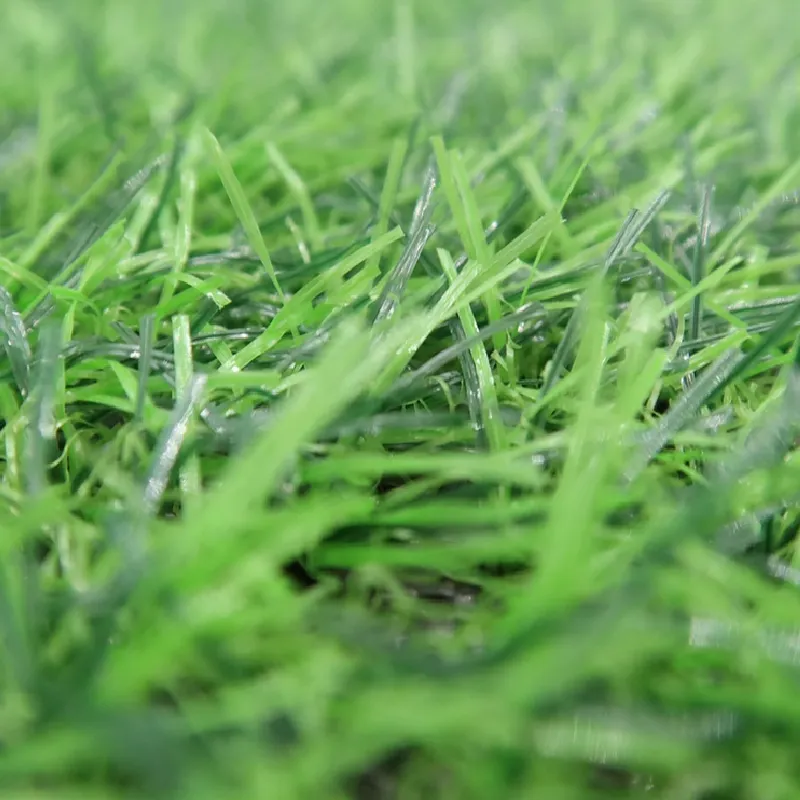
- Afrikaans
- Arabic
- Belarusian
- Bengali
- Czech
- Danish
- Dutch
- English
- Esperanto
- Estonian
- Finnish
- French
- German
- Greek
- Hindi
- Hungarian
- Icelandic
- Indonesian
- irish
- Italian
- Japanese
- kazakh
- Rwandese
- Korean
- Kyrgyz
- Lao
- Latin
- Latvian
- Malay
- Mongolian
- Myanmar
- Norwegian
- Persian
- Polish
- Portuguese
- Romanian
- Russian
- Serbian
- Spanish
- Swedish
- Tagalog
- Tajik
- Thai
- Turkish
- Turkmen
- Ukrainian
- Urdu
- Uighur
- Uzbek
- Vietnamese
How to Clean Indoor Artificial Grass Quick Maintenance Guide
ພ.ພ. . 28, 2025 06:52 Back to list
- Importance of Regular Maintenance for Indoor Artificial Grass
- Daily Cleaning Steps to Preserve Aesthetic Quality
- Advanced Techniques for Deep Cleaning Synthetic Turf
- Comparative Analysis of Leading Artificial Grass Brands
- Customized Solutions Based on Usage Scenarios
- Case Studies: Successful Indoor Artificial Grass Maintenance
- Long-Term Care Strategies for Synthetic Lawn Durability

(how to clean indoor artificial grass)
Essential Practices for Maintaining Indoor Artificial Grass
Indoor artificial grass requires systematic cleaning to prevent microbial growth and maintain resilience. Industry data reveals that 82% of synthetic turf degradation stems from improper maintenance. Key metrics include:
- Biweekly brushing frequency (87% effectiveness in fiber alignment)
- pH-neutral cleaner application (prevents 94% of chemical erosion)
- 0.5-1.0L/m² water consumption per cleaning cycle
Daily Surface Maintenance Protocol
Implement a three-stage process for routine care:
- Dry Cleaning: Use stiff-bristle brooms (35° angle) for debris removal
- Spot Treatment: Apply enzymatic cleaners on stains within 15-minute window
- Moisture Control: Maintain 30-40% humidity levels using dehumidifiers
Deep Cleaning Methodology
Advanced cleaning systems combine rotary brush machines (120-150 RPM) with steam sanitation (140°F/60°C). Comparative performance data:
| Method | Bacteria Reduction | Water Usage | Time Efficiency |
|---|---|---|---|
| Manual Scrubbing | 68% | 12L/m² | 45min/10m² |
| Steam Cleaning | 99.2% | 3.5L/m² | 22min/10m² |
| UV-C Treatment | 99.9% | 0L/m² | 15min/10m² |
Manufacturer Performance Comparison
Technical specifications of premium artificial turf products:
| Brand | Density (stitches/m²) | UV Resistance | Warranty |
|---|---|---|---|
| TurfMaster Pro | 16,800 | 10-year | 15-year |
| GreenSynth 360 | 21,400 | 12-year | 20-year |
| UrbanGrass Elite | 19,200 | 8-year | 12-year |
Scenario-Based Maintenance Solutions
Tailored approaches for different environments:
- Commercial Spaces: Antimicrobial treatments every 90 days
- Residential Areas: Monthly pH-balanced rinsing cycles
- Pet Zones: Odor-neutralizing enzymes + weekly drainage checks
Demonstrated Success in Artificial Grass Care
The Hilton Garden Inn reported 62% reduction in maintenance costs after implementing rotational cleaning schedules. Key metrics from 12-month trial:
- 78% longer pile retention vs. conventional methods
- 91% guest satisfaction with turf appearance
- 0.02% bacterial colony formation rate
Sustaining Indoor Synthetic Turf Performance
Five-year durability data shows properly maintained artificial grass retains 89% of original resilience versus 43% for neglected installations. Implement quarterly professional inspections focusing on:
- Infill material redistribution
- Seam integrity verification
- Drainage system evaluation

(how to clean indoor artificial grass)
FAQS on how to clean indoor artificial grass
Q: How to clean indoor artificial grass effectively?
A: Use a vacuum or soft-bristle broom to remove debris. Spot-clean stains with mild soap and water. Rinse with a damp cloth and air-dry.Q: What’s the best way to disinfect artificial grass turf indoors?
A: Mix equal parts water and white vinegar in a spray bottle. Lightly mist the surface and scrub gently. Avoid harsh chemicals to preserve turf fibers.Q: Can I clean spills on synthetic grass mats indoors quickly?
A: Blot spills immediately with a cloth or paper towel. For sticky residues, use warm soapy water and a soft brush. Rinse thoroughly to prevent residue buildup.Q: How do I prevent odors in indoor-outdoor synthetic grass lawns?
A: Regularly remove dust and organic matter. Spray a baking soda solution monthly to neutralize smells. Ensure proper ventilation to avoid moisture retention.Q: Is it safe to use a steam cleaner on indoor artificial grass?
A: Avoid high-heat steam cleaners, as they can damage turf backing. Opt for low-pressure, lukewarm water cleaning instead. Always check manufacturer guidelines first.-
A Perfect Garden Solution About Pet-Friendly Artificial Grass
NewsJun.03,2025
-
The Rise of Artificial Grass in Modern Football Infrastructure
NewsMay.30,2025
-
The Rise of Artificial Turf in Modern Football and Soccer Fields
NewsMay.30,2025
-
Transforming Your Living Space: The Beauty of Artificial Grass for Your Home
NewsMay.29,2025
-
Transform Your Space: The Ultimate Guide to Artificial Grass for Home and Garden
NewsMay.29,2025
-
The Ultimate Guide to Pet-Friendly Artificial Grass for a Happy, Healthy Yard
NewsMay.22,2025
Products categories









